Melting Swiss glaciers to fuel conflicts over water
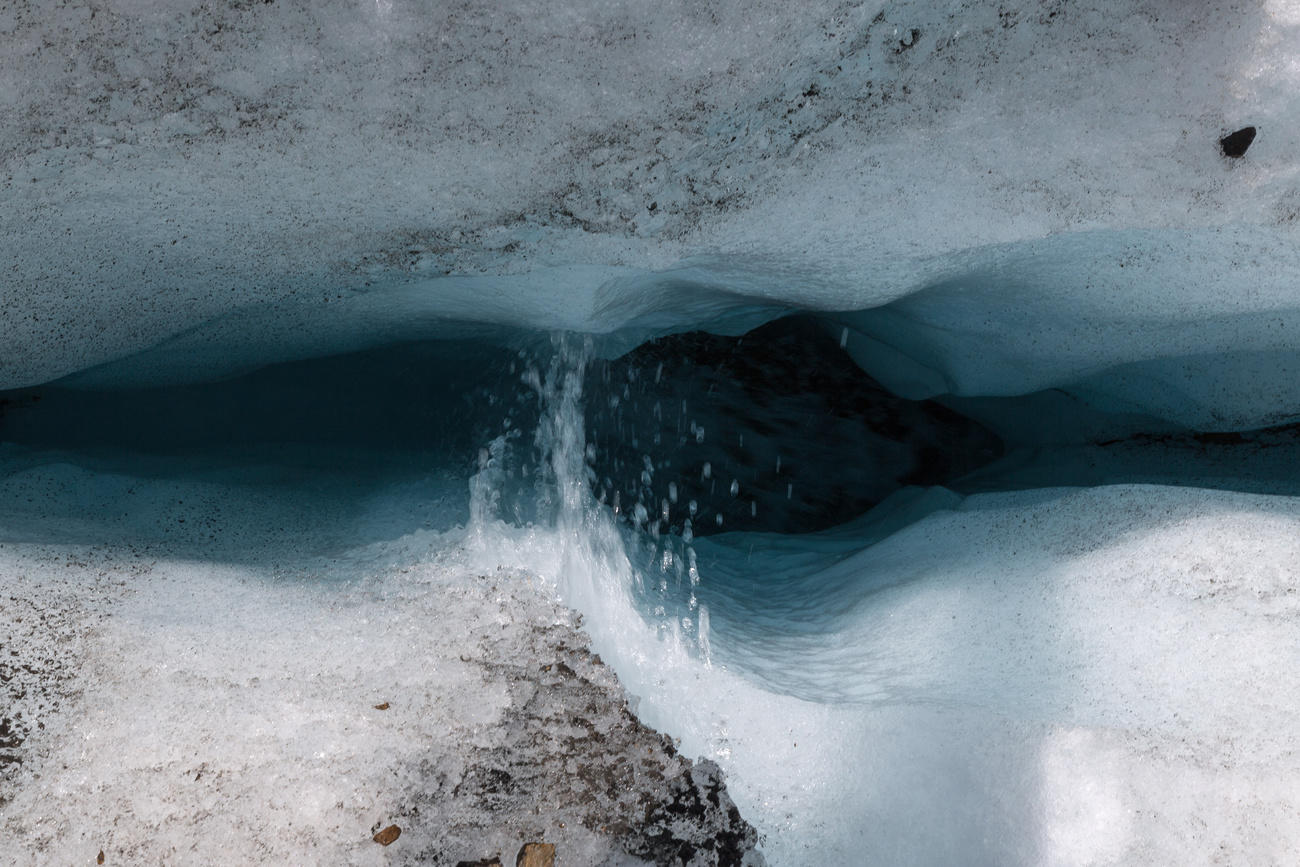
Switzerland is set to lose an important water reservoir as the glaciers continue to melt, affecting not only the agricultural sector and hydropower production, but also transport on Europe’s main waterways.
But let’s begin with some good news: The ice covering the surface of the Swiss mountain region will continue to provide enough water throughout the year, says Matthias Huss, director of the Glacier monitoring network GlamosExternal link.
Over the summer months, the water stored in the glaciers helps to stabilise the water levels of the rivers and diminish the impact of the increasingly frequent dry seasons.
+ What will Switzerland look like in 40 years?
Nevertheless, the glaciers continue to shrink. As a result, the melting water running down the valleys will begin to diminish, until one day, it will probably dry up altogether.
This so-called peak water moment has already been reached in most reservoirs in South America, but not in Asia or North America, says Huss. “The turning point in the Alps has arrived now.”
From the top of the Alps right down into the valleys, this swissinfo.ch series explores the effects of the melting of glaciers at different altitudes, and the strategies being adopted in Switzerland to try to cope with the problem.
3,000 – 4,500 metres: Alpine glaciers and the landscape
2,000 – 3,000 m: Tourism and natural hazards
1,000 – 2,000 m: Power generation
0 – 1,000 m: Water resources
Glacial water for 60 years
Glaciers account for about 95% of all the freshwater stored on the planet. It’s therefore hardly surprising that the 1,500 glaciers on Swiss territory are considered crucial reservoirs of drinking water. But over the past decades, and certainly in the last few years, climate change has had an impact on the runoff.
The retreat of glaciers has accelerated with rising temperatures and longer heat waves.
“If the amount of melting water from 2017 were distributed to all the households in Switzerland, every one of them could fill up a 25-metre-long swimming pool,” says WWF SwitzerlandExternal link.
+ Will Alpine glaciers just be a memory of the past in 2100?
The amount of water reserves stored in Swiss glaciers is equivalent to 57km3 of liquid, which would cover the consumption of drinking water for the Swiss population (about 8.5 million people) for the next 60 years.
Water conflicts
Considering these figures, the question arises whether Switzerland will face a shortage of drinking water if there are no more glaciers.
“Not at all,” says Paolo BurlandoExternal link, professor of hydrology and water resources management at the federal technology institute ETH Zurich.
“Switzerland will have enough water even if the population of the country reaches ten million by 2050. It will continue to rain a lot in the Alps. But the water will be of a different physical state: instead of snowflakes, it will increasingly be liquid,” Burlando says.
“We therefore have to find different ways of managing the water resource,” he adds.
A major problem is a foreseeable conflict of interest between the agricultural sector and the hydropower plants – in other words, between those who want to use water from a river at the bottom of a valley to irrigate the fields during dry spells and those who want to store the water in reservoirs in the mountains to produce electricity to cover the peak demand during the winter.
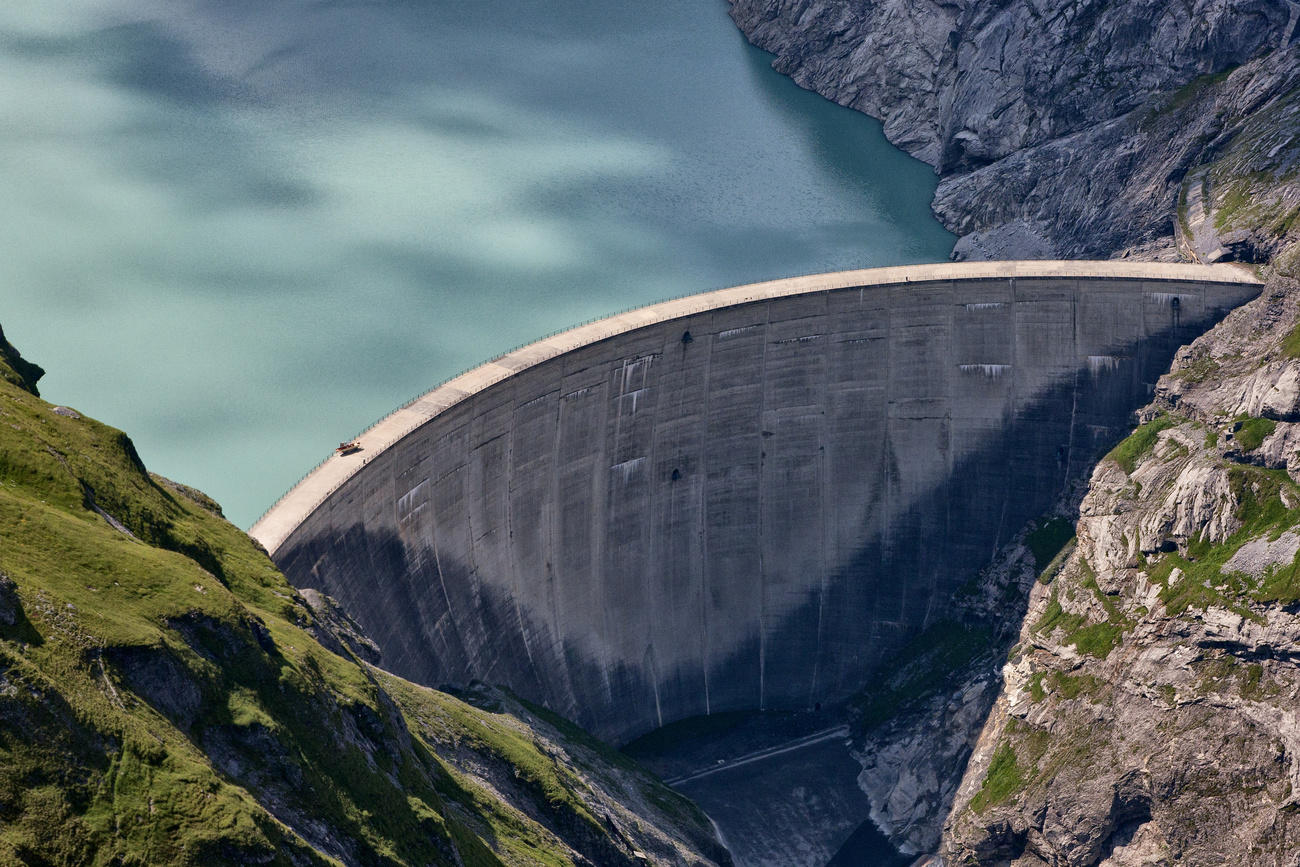
The fact that there will also be peak demands for electricity in summer – to cope with the growing demand for air conditioning – will probably help contain conflicts, according to Burlando.
But it is fundamental to have a fair and sustainable system of managing the storage of hydropower, for instance by building new water reservoirs in the mountains, he stresses.
“Renewable energy sources such as solar and wind power could play an important role in this context,” says Burlando. “I’d like to refer to systems with pump turbine stations.”
How to cope with longer dry seasons in summer
The Swiss government supports projects aimed at preventing conflicts over the use of water in dry seasons, as part of the pilot propramme, Adaptation to Climate ChangeExternal link, launched in 2013.
A study is being carried out in south-eastern Switzerland to build multi-purpose reservoirsExternal link to offset the gradual melting of glaciers. Another study is underway in a rural region west of Zurich to see how farmers could adapt to hot spells as part of the changing climateExternal link.
Europe’s rivers with lower water levels
The melting of the Swiss glaciers will have a long-term impact not only on the mountain valleys and the lower-lying regions of the country. It will also be felt across Europe, says Galmos director Huss, who is also professor of glaciology at ETH Zurich.
He found that more than 25% of the water from the river Rhone which flowed into the Mediterranean Sea in August originated in alpine glaciers. ResearchersExternal link found similar but slightly lower percentage figures for the river Rhine, the Danube and the Po.
It is therefore foreseeable that the smaller amount of melting water will make these major European streams less suited for river vessels, concludes Huss.
The flow rate of the Rhone might be reduced by 50% by the end of this century as a result of less melting water and snow, according to an article in the French newspaper Le MondeExternal link. This expected trend is also likely to have an impact on Swiss lakes and rivers, including the Aare, Andreas Fischlin, a Swiss member of the United Nations Intergovernmental Panel on Climate Change (IPCC), is quoted as saying by the online news site, watson.chExternal link.
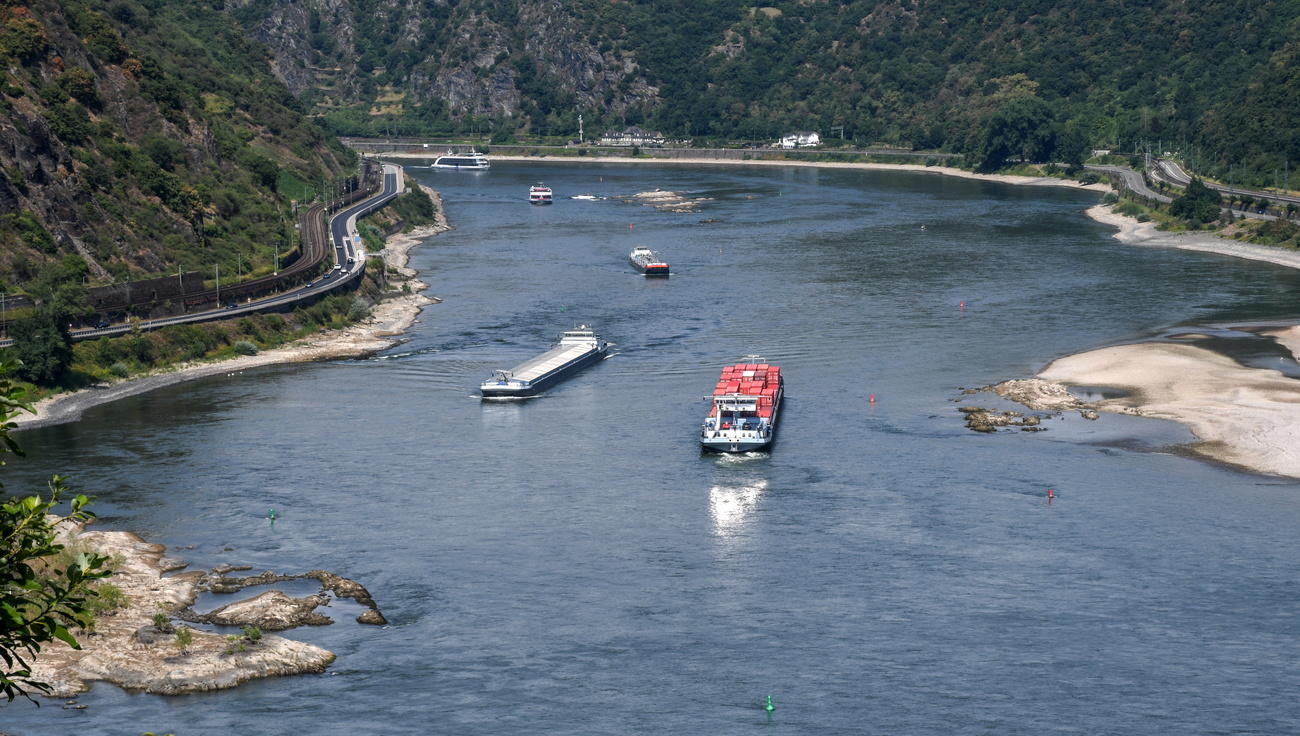
The operators of river transports in Switzerland have been preparing for lower water levels following a series of dry spells over the past few years.
“We have noticed that periods of low water occur more and more frequently,” says Simon Oberbeck, a spokesman for the Swiss Rhine portsExternal link. “It means that vessels must reduce their cargo during these periods to between 300 and 900 tonnes, from 3,000 tonnes with normal water levels.”
Among possible coping mechanisms is the construction of lighter vessels, says Oberbeck. In a bid to compensate for low-lying water levels, the shipping channels in Basel were dredged earlier this year. This measure allows fully loaded vessels from Rotterdam to enter the main Swiss river port.
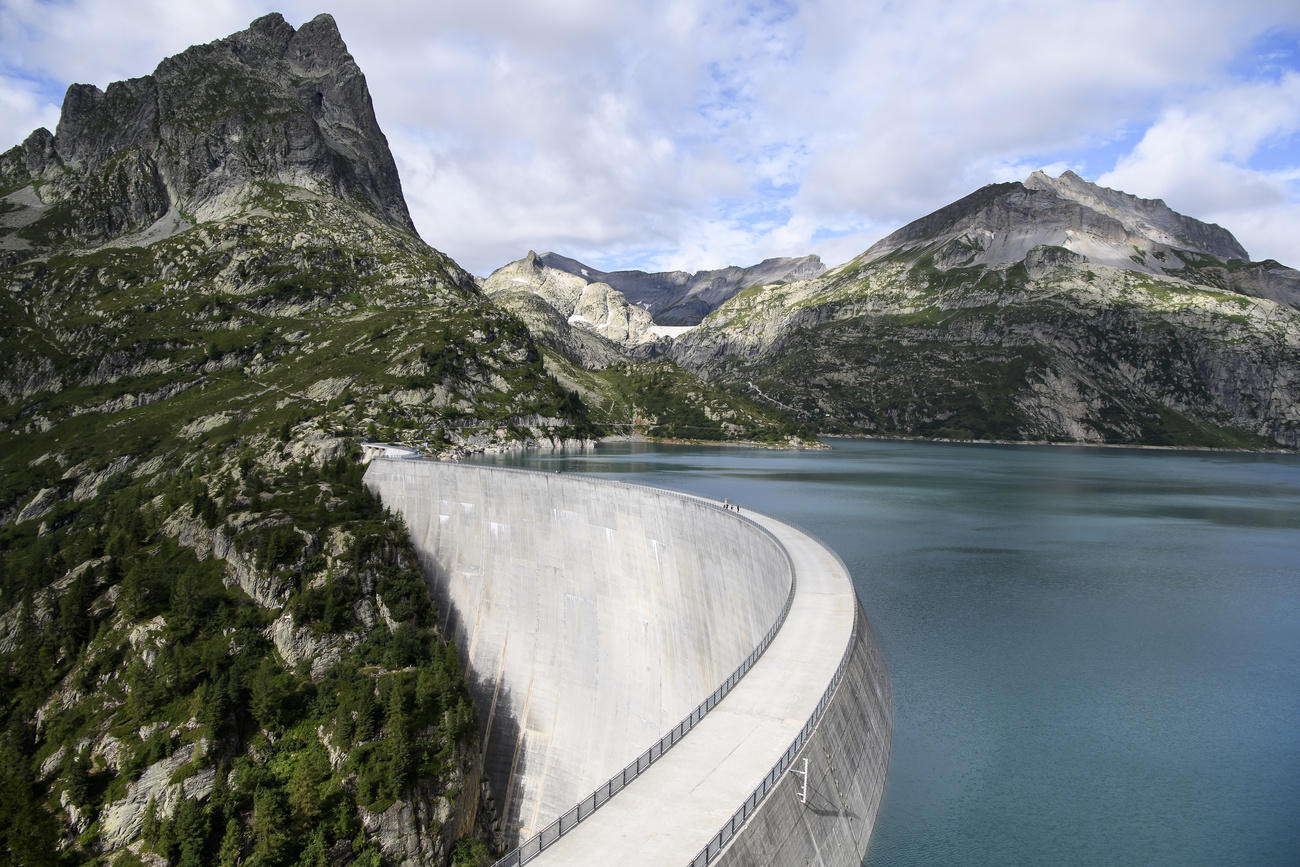
More
Shrinking glaciers to make room for power generation
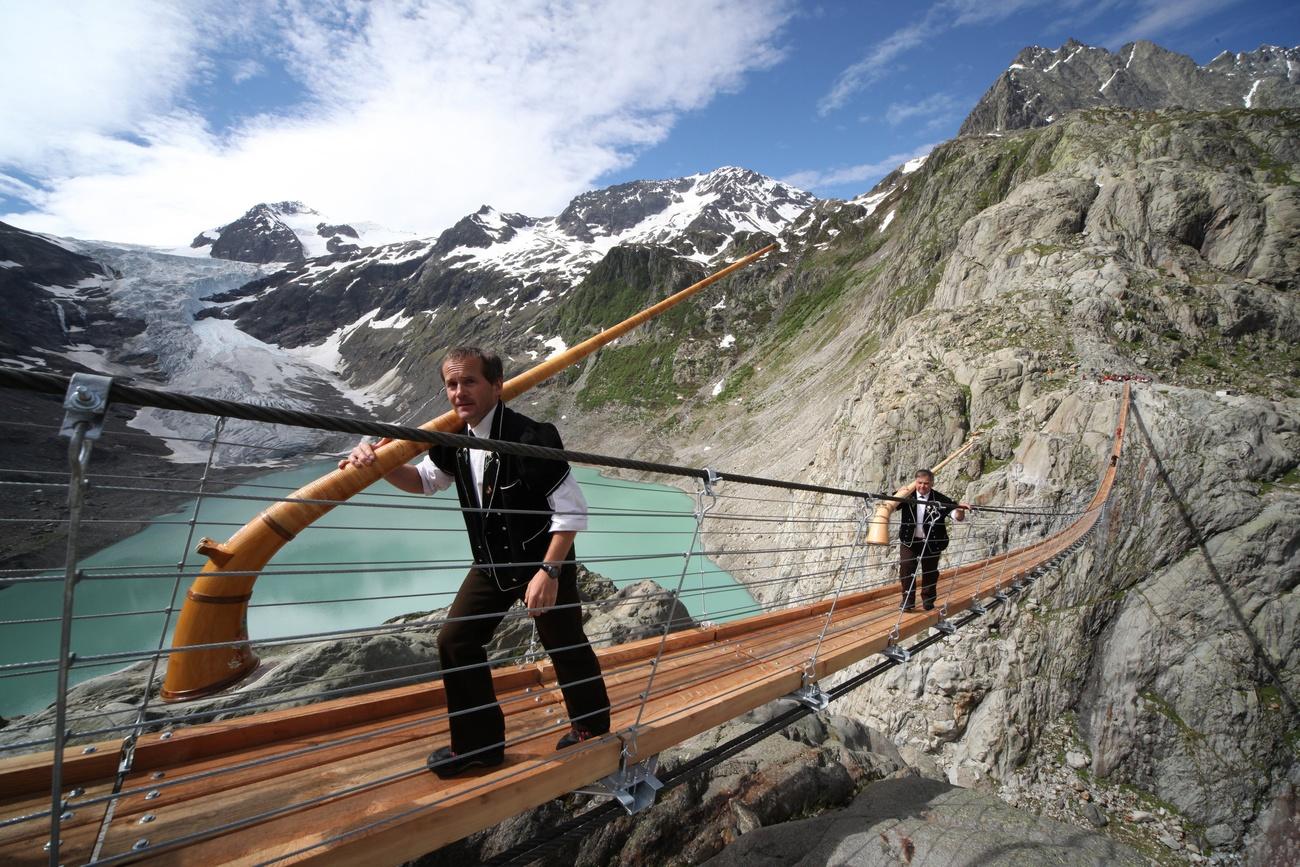
More
As glaciers shrink, are the Alps more dangerous?
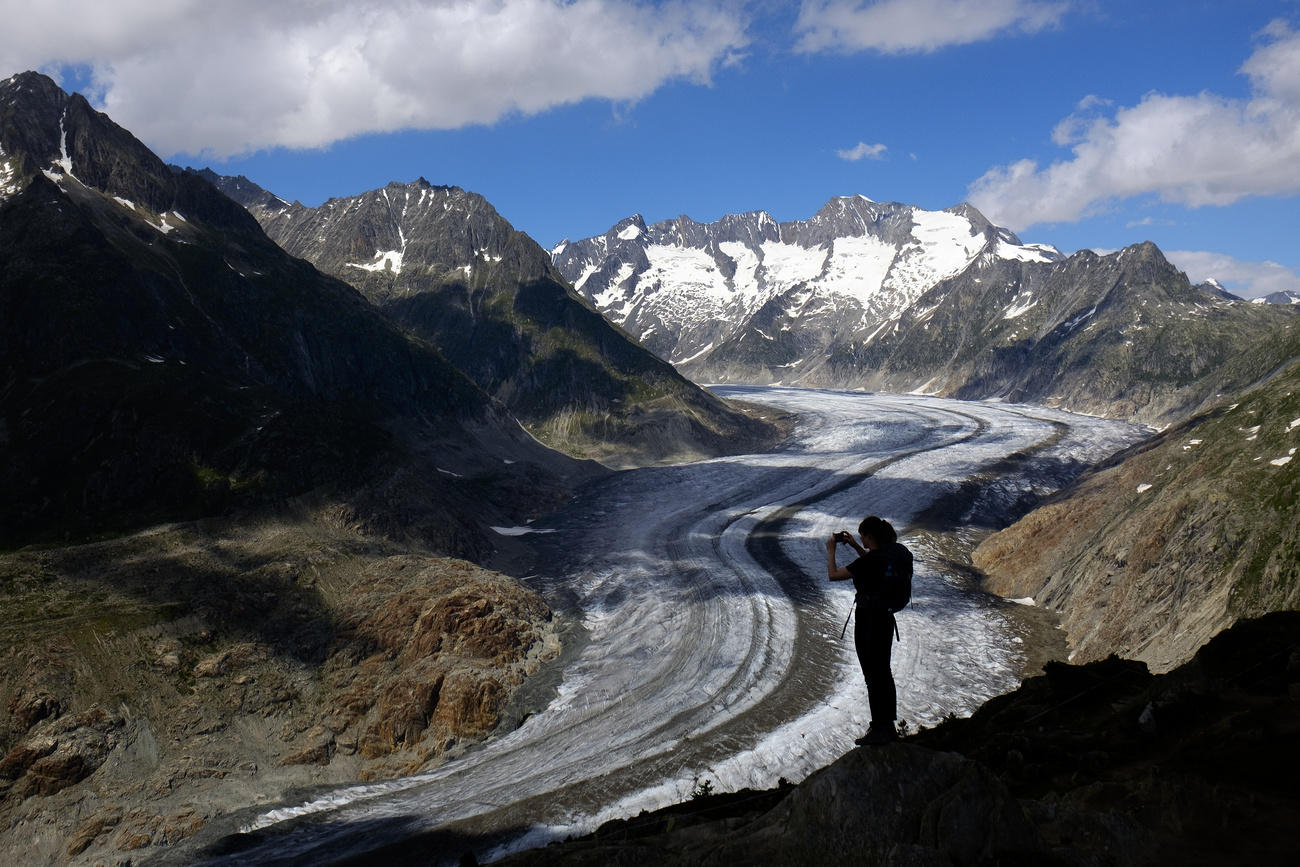
More
Glaciers and the changing landscape in the Alps
Adapted from Italian/urs

In compliance with the JTI standards
More: SWI swissinfo.ch certified by the Journalism Trust Initiative




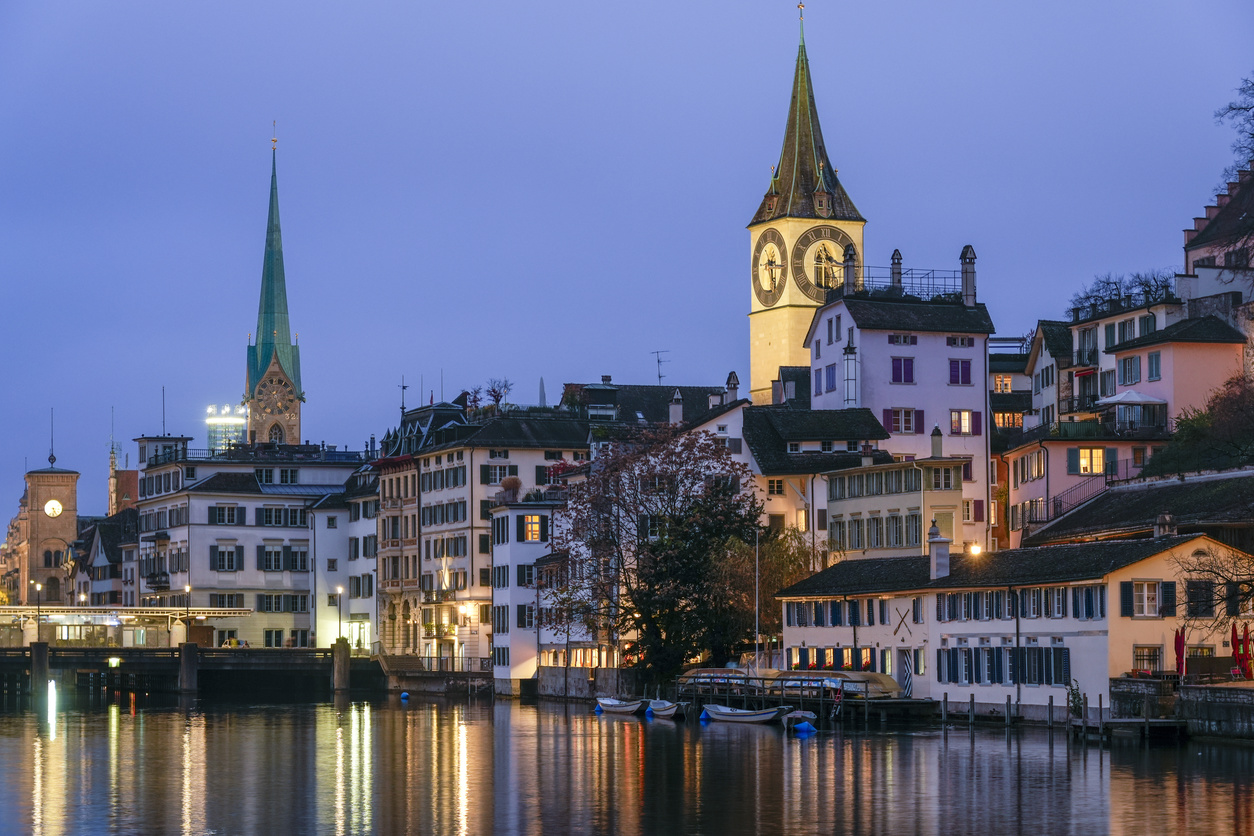






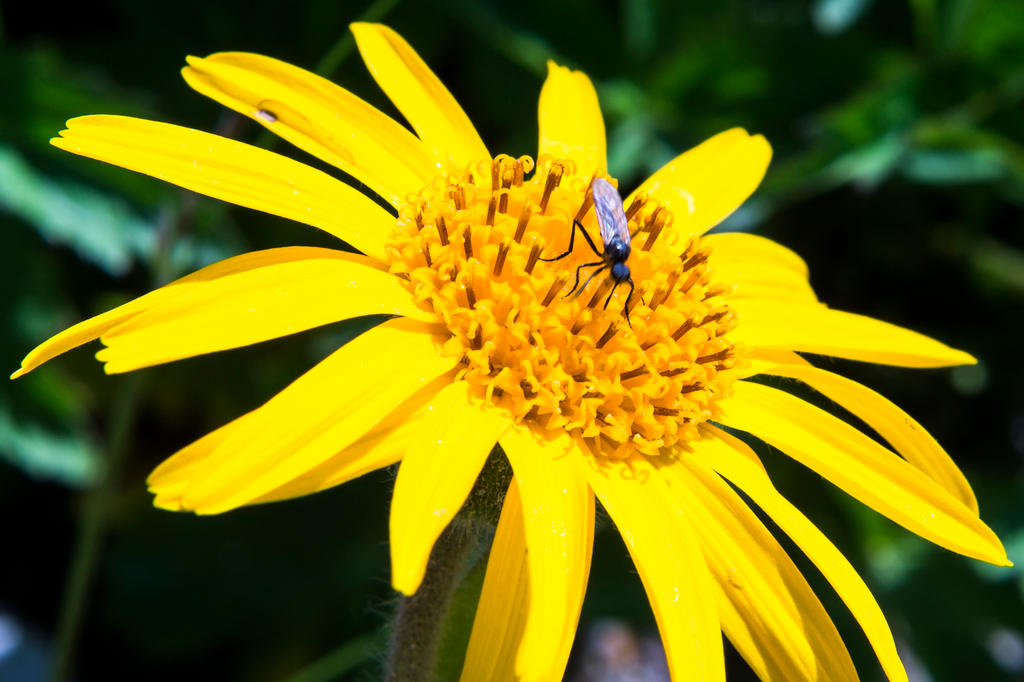

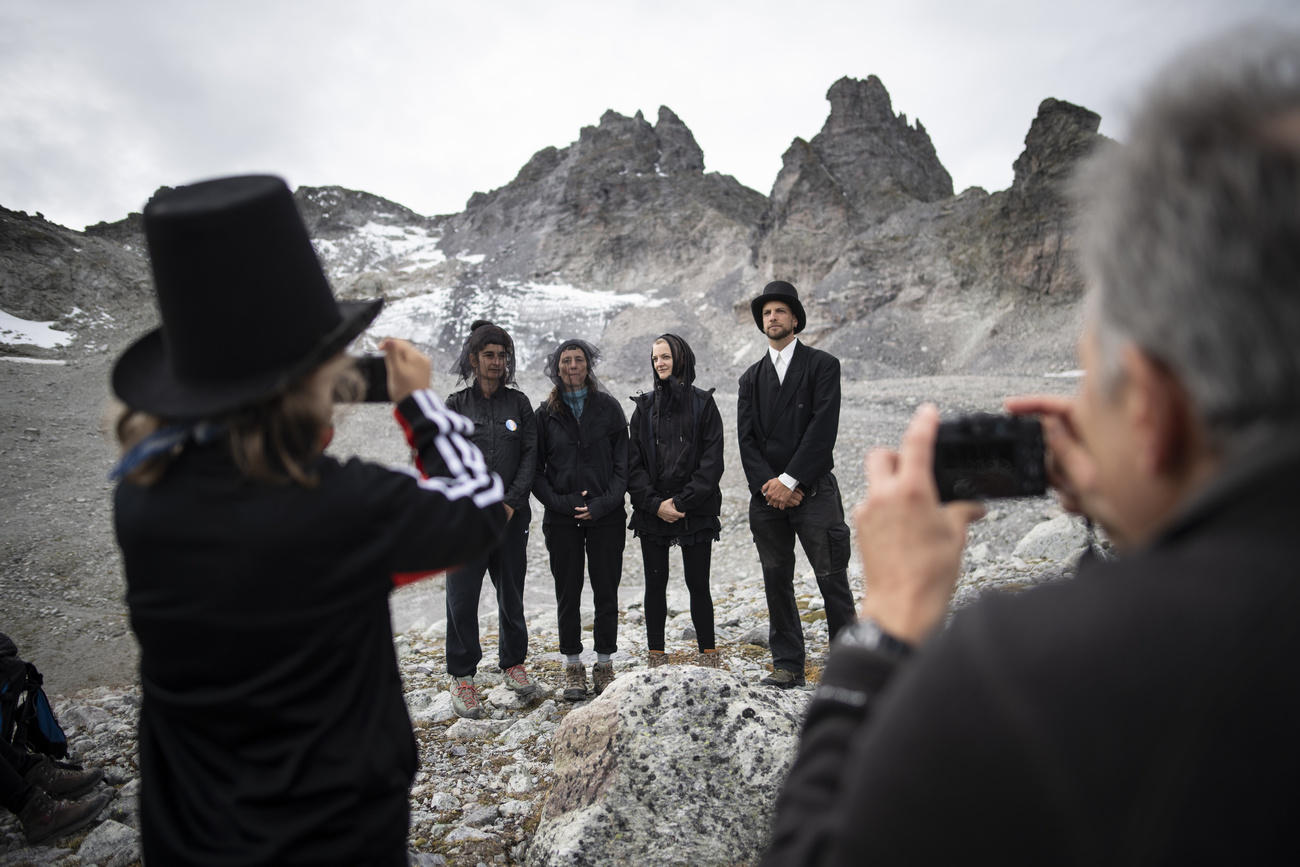

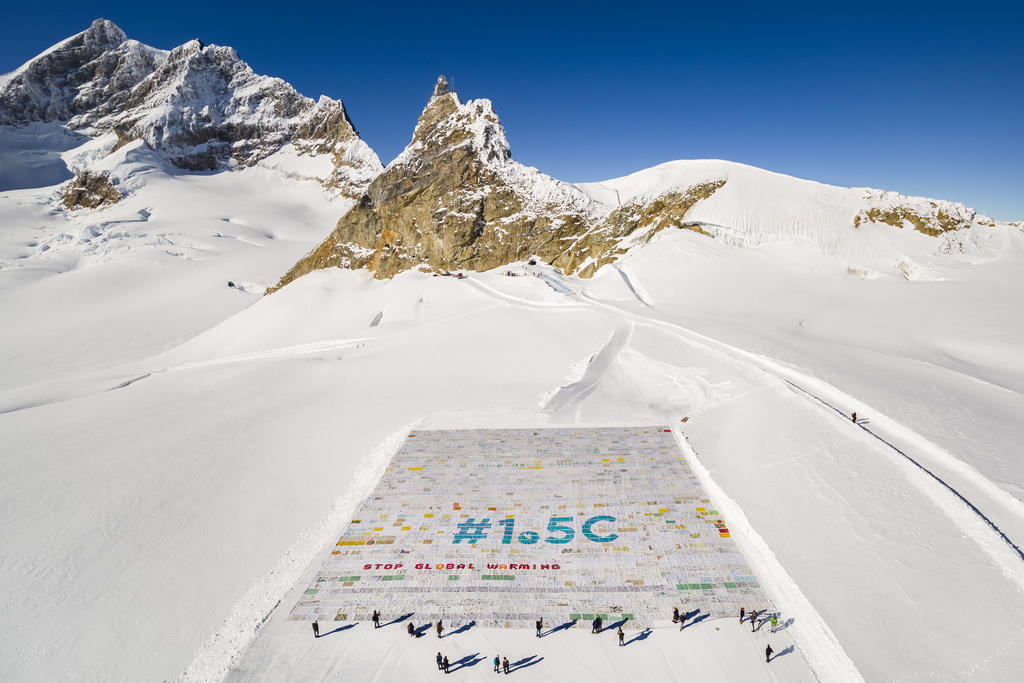
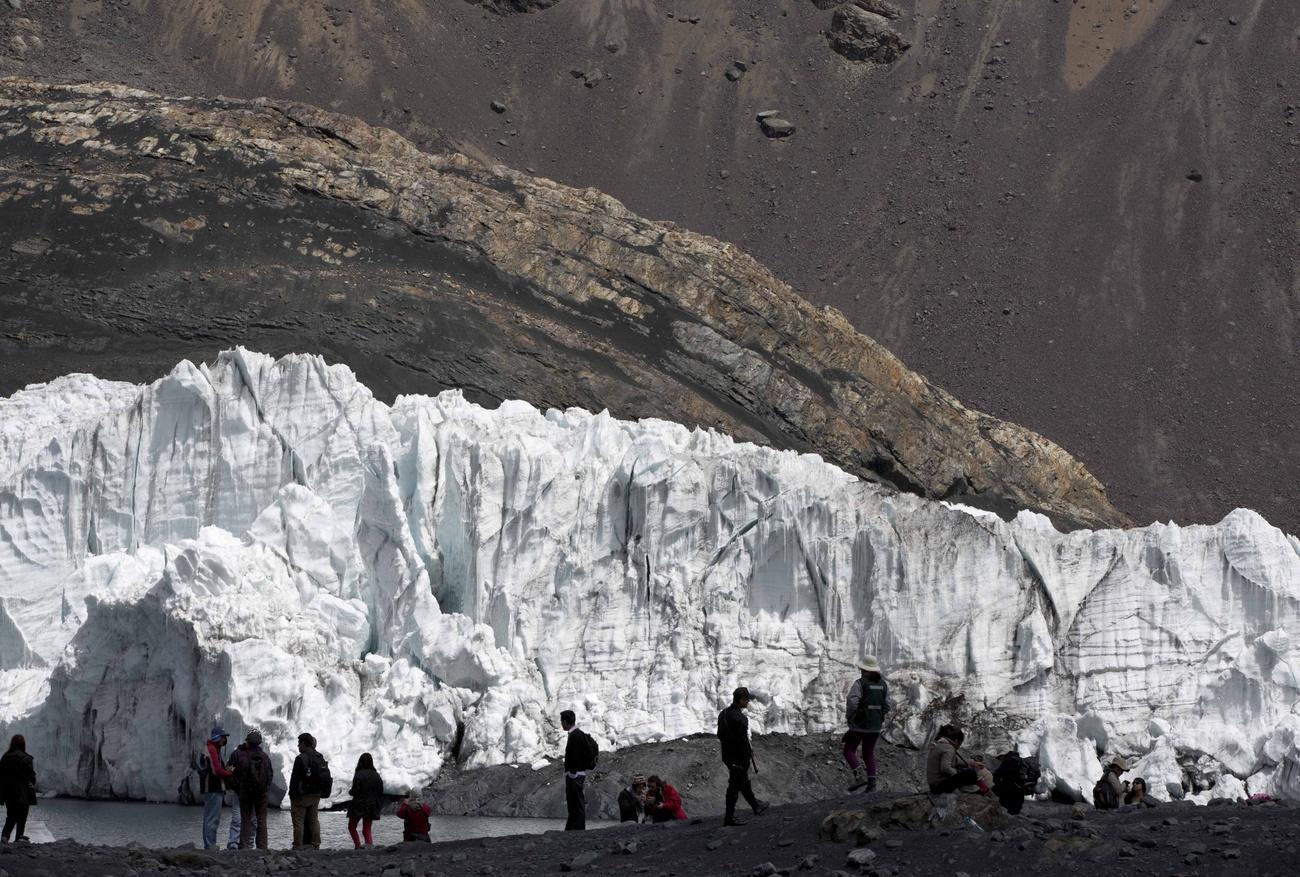
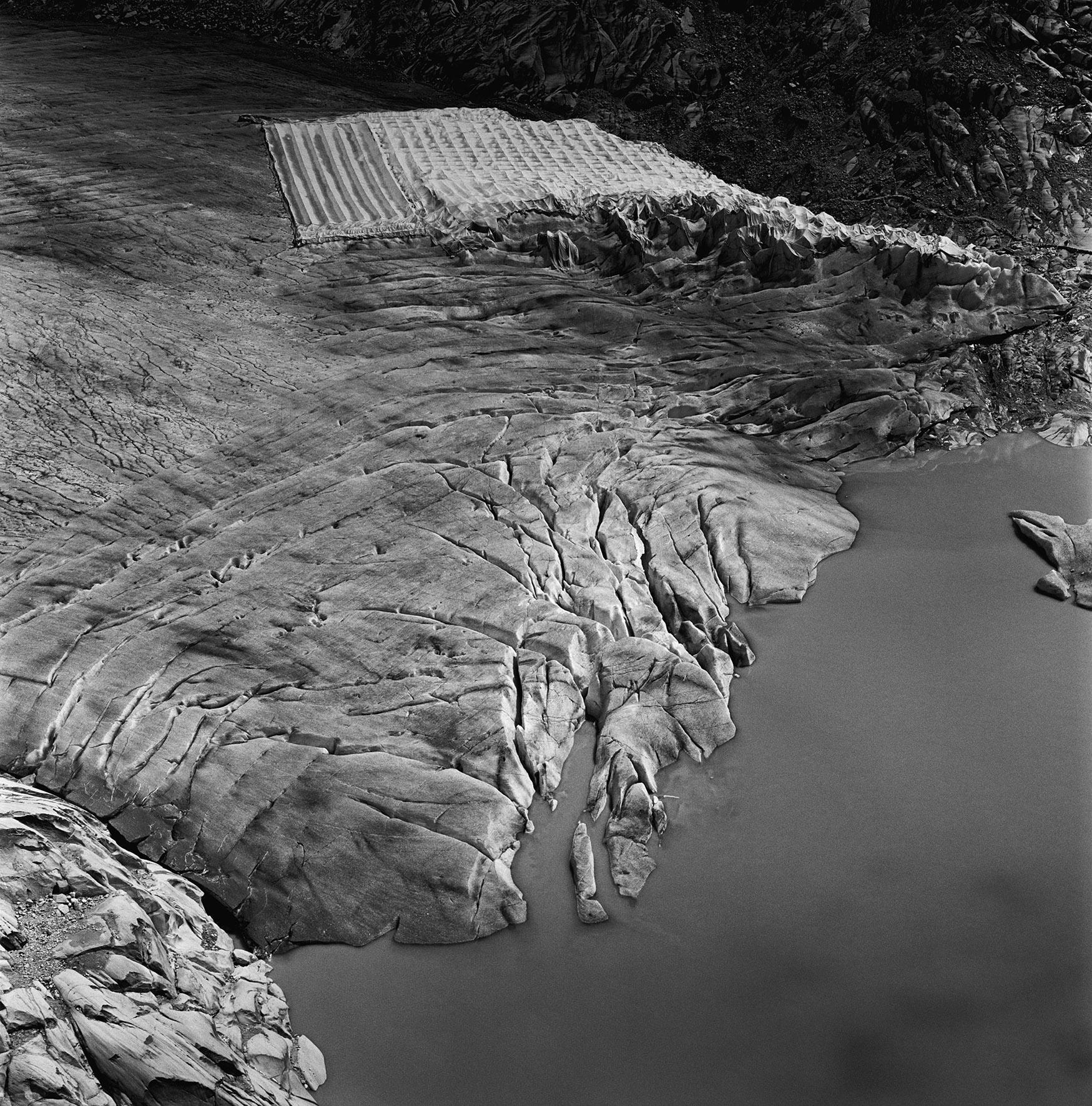

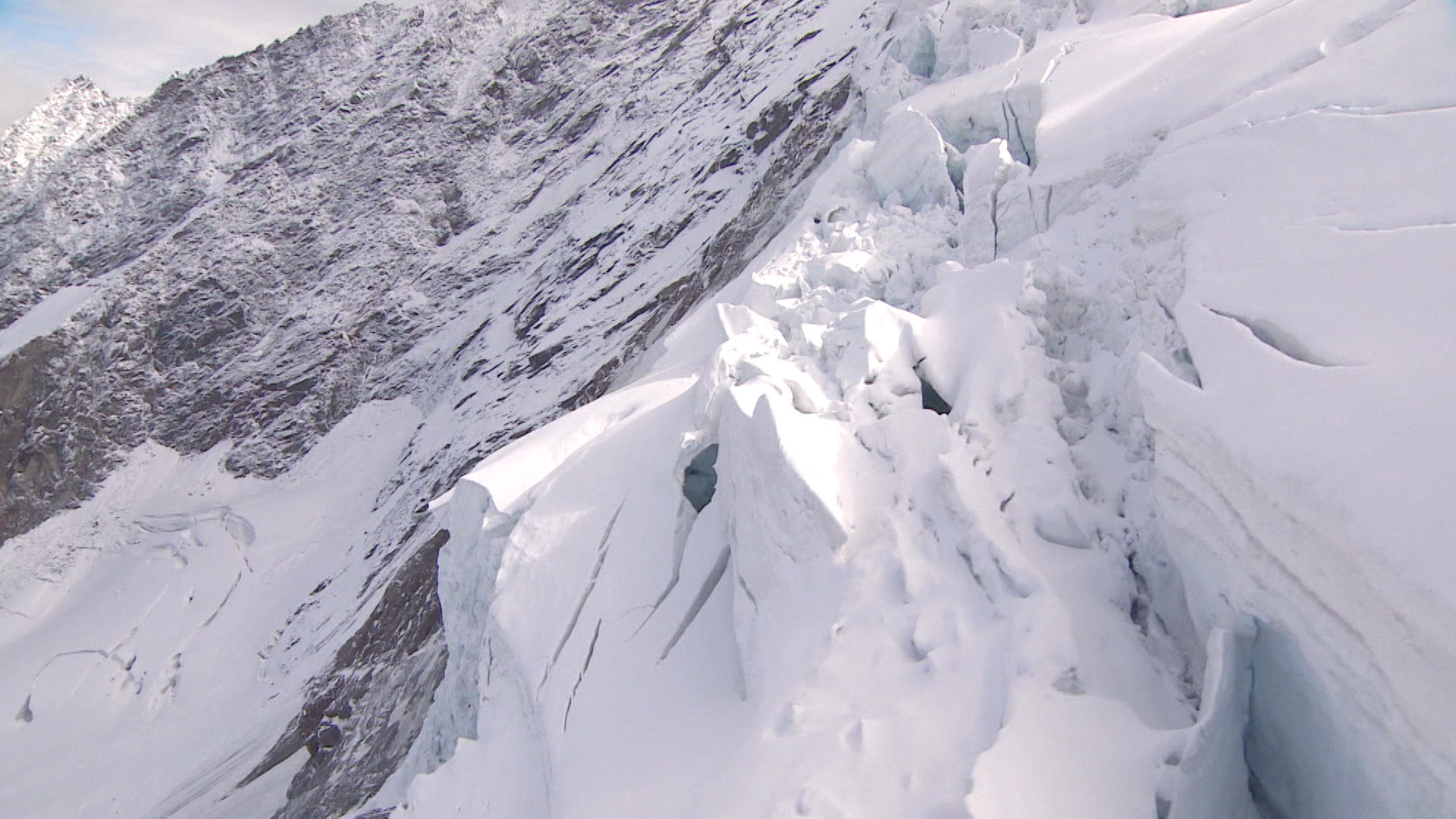


You can find an overview of ongoing debates with our journalists here . Please join us!
If you want to start a conversation about a topic raised in this article or want to report factual errors, email us at english@swissinfo.ch.